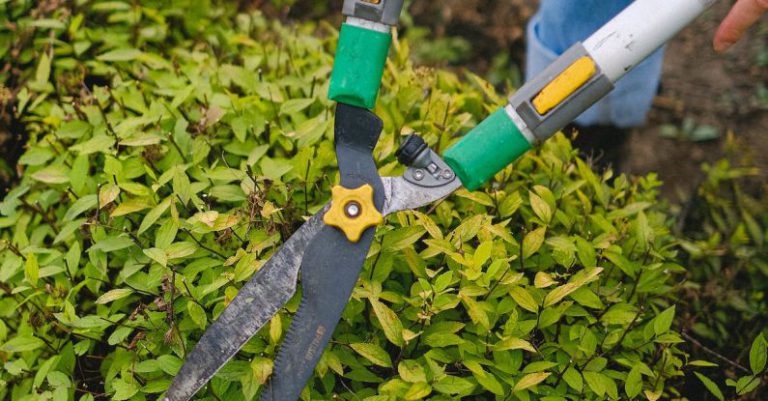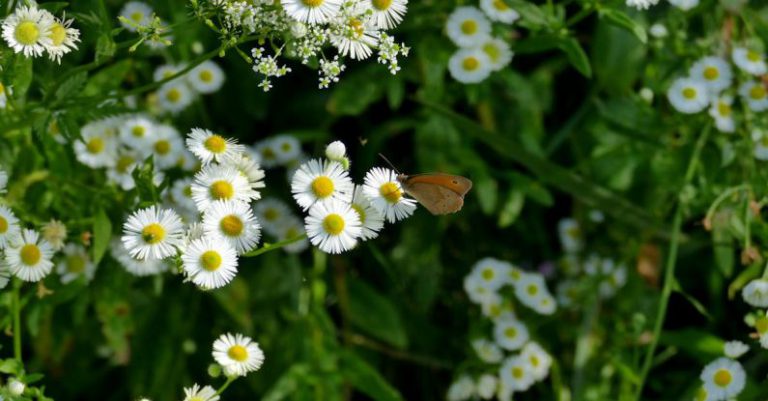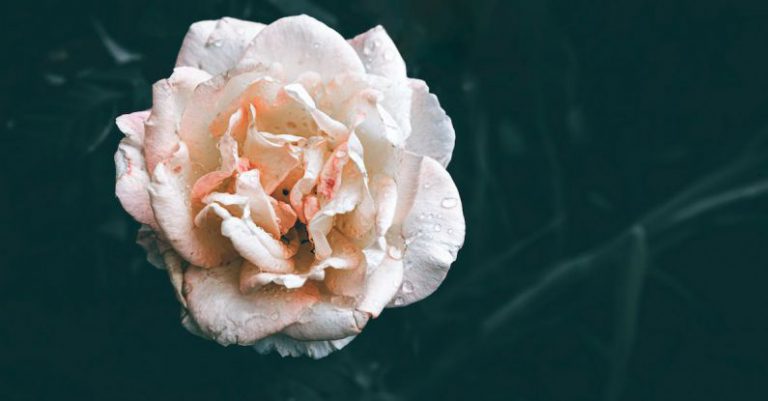When to Fertilize Your Garden for Best Results?
A well-maintained garden is a thing of beauty, and proper fertilization is key to achieving lush, healthy plants. However, many gardeners struggle with determining the best time to fertilize their gardens. Fertilizing at the wrong time can lead to wasted resources and even harm your plants. In this article, we will explore the optimal timing for fertilizing your garden to ensure the best results.
Understanding Plant Growth Cycles
Before diving into the timing aspect, it is crucial to understand the growth cycles of your plants. Different plants have varying growth patterns, and their nutrient requirements change accordingly. Most plants can be categorized into three groups: annuals, perennials, and vegetables.
Annuals are plants that complete their life cycle within one year. They typically grow quickly and require regular fertilization throughout their growing season. Perennials, on the other hand, have a longer life cycle, often lasting for several years. They generally require less frequent fertilization, but it is still essential to provide them with the necessary nutrients. Vegetables fall somewhere in between, with some requiring more frequent fertilization, especially during their fruiting stage.
Spring: The Start of the Growing Season
Spring is a crucial time for fertilizing your garden. As the weather warms up and plants begin to emerge from dormancy, they require a boost of nutrients to kickstart their growth. This is the perfect time to apply a slow-release fertilizer that will provide a steady supply of nutrients throughout the season. Look for a balanced fertilizer with equal amounts of nitrogen, phosphorus, and potassium (NPK) to promote overall plant growth.
Early Summer: Promoting Flowering and Fruit Development
As summer approaches, your plants will enter their flowering and fruiting stages. During this time, they require additional nutrients to support the production of blooms and fruits. A fertilizer with a higher phosphorus content will help stimulate flower and fruit development. Look for a fertilizer with an NPK ratio that is higher in phosphorus (e.g., 10-20-10) to provide your plants with the necessary boost.
Late Summer: Building Strength for Winter
Late summer is the time to prepare your garden for the upcoming winter. Fertilizing during this period will help your plants build strength and resilience to withstand the cold months ahead. Look for a fertilizer with a higher potassium content, as potassium helps plants develop stronger cell walls and improves their ability to resist diseases and pests. Opt for a balanced fertilizer with an NPK ratio that is higher in potassium (e.g., 10-10-20) to fortify your plants.
Fall: Preparing for Dormancy
In the fall, as temperatures cool down, your plants will start preparing for dormancy. Fertilizing during this time can help promote root growth and store nutrients for the next growing season. Look for a slow-release fertilizer specifically formulated for fall application. These fertilizers are typically higher in potassium and lower in nitrogen, which encourages root development and overall plant health.
Conclusion: Timing is Key
In conclusion, timing is key when it comes to fertilizing your garden for optimal results. Understanding the growth cycles of your plants is essential to determine when and what type of fertilizer to apply. By fertilizing in the spring to kickstart growth, in early summer to promote flowering and fruit development, in late summer to build strength, and in the fall to prepare for dormancy, you can ensure that your garden thrives year after year. Remember, a well-timed fertilizer application can make all the difference in achieving a vibrant and productive garden.






